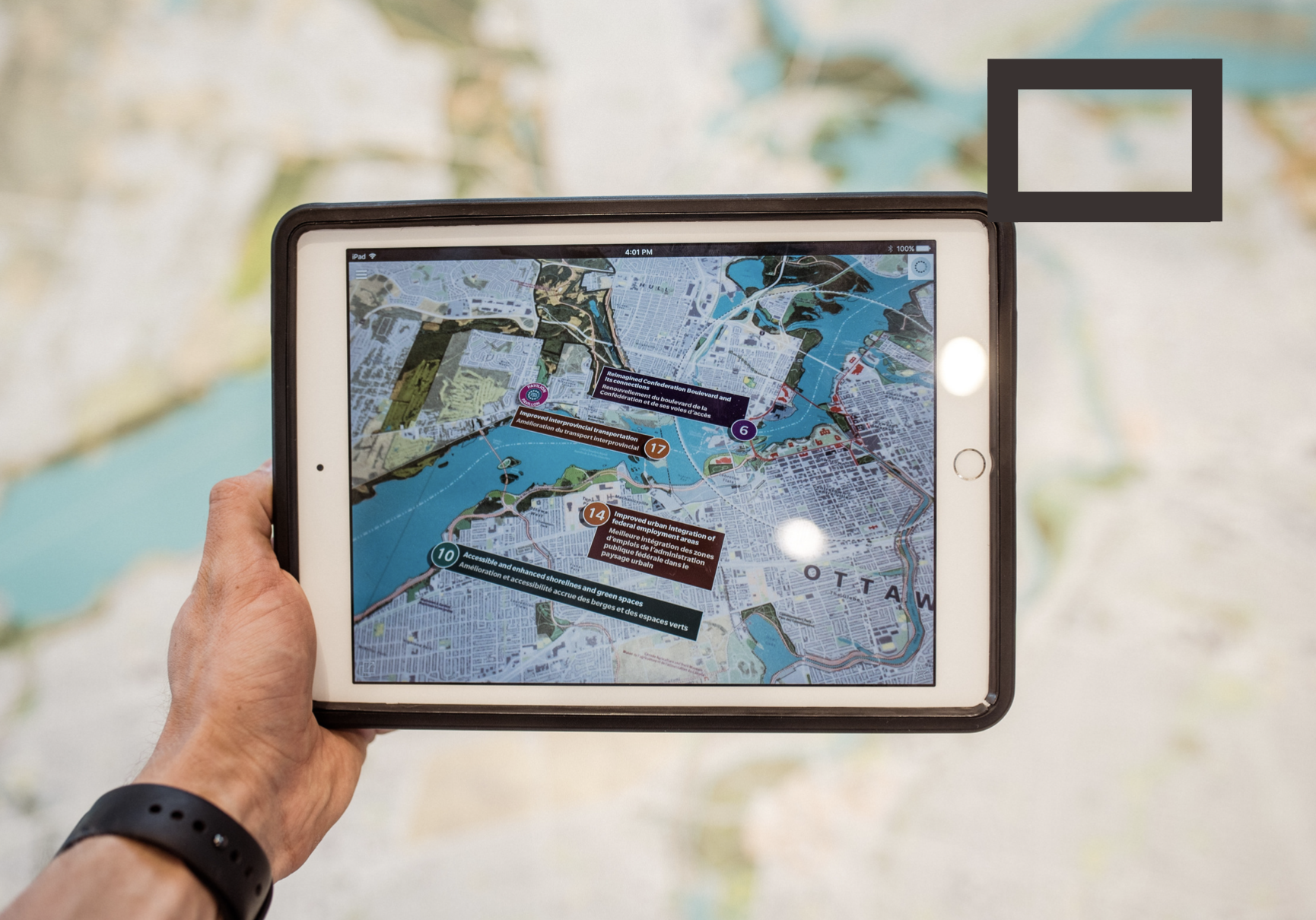Just what do you mean by ‘business transformation’?
Photo by Wojtek Witkowski on Unsplash
Business transformation is happening everywhere!
This should be good news for everyone as there is a lot to improve in how businesses are run (employee engagement, environmental impact, to name two topical metrics). In early discussions with executive teams on how I could help them with their business transformation efforts, I distinguish broadly between three very different realms of business transformation, even though they all use the same generic term.
Business transformation or operating model transformation?
Most business transformation initiatives focus only on the operating model, i.e. how the organisation operates in order to deliver its services or products. Sometimes an upgrade of an ageing centralised business system is branded a transformation initiative. Key stakeholders in many companies operate in very competitive internal environment where access to capital and other internal resources is limited and a business transformation branding can certainly provide an edge over competing internal priorities.
This type of transformation initiative will lead to changes, often significant, in the “how”, i.e. systems, processes and roles. However, it won’t change the “what” or the “why” of the organisation. In that sense it is not fundamentally different from continuous improvement seen at the macro level of the operating model. I have often felt that the word transformation is an exaggeration in that context, or ‘lipstick on a pig’ if you excuse my French.
Increasingly, business transformation is about business model transformation
Leaders increasingly face the burning platform of a declining business model, or they are sensing that the golden days of their current business model(s) might soon be over. Scientific breakthroughs, easier access to talent, ideas and technologies, new behaviours enabled by the digital and collaborative economy, different aspirations among younger generations, all those factors contribute to massive changes in industries such as higher education, aged care and healthcare, banking and automotive, to name just a few.
For leaders in industries facing a high risk of disruption, implementing best practice is no longer the game they are playing. Innovation on the “what” becomes critical: new products, new services, and new business models.
Alex Osterwalder and Yves Pigneur wrote Business Model Generation in 2010, followed by Value Proposition Design in 2014 (co-written with Greg Bernarda and Alan Smith), so corporate leaders and entrepreneurs alike share an easy-to-use toolkit to innovate on their business models, experiment and invent a new future for themselves.
Sometimes, business transformation is organisational/cultural transformation
A few pioneering organisations, large and small, have experimented with different organisational cultures and are now living a radically different experience of work. The book Reinventing organizations by Frederic Laloux is full of case studies of those pioneers. Their inspiring cultures shine a light for early adopters to follow. The next few years will be fascinating as more and more companies start their most challenging transformation to free themselves from the 19th century industrial model and its soul-crushing culture.










